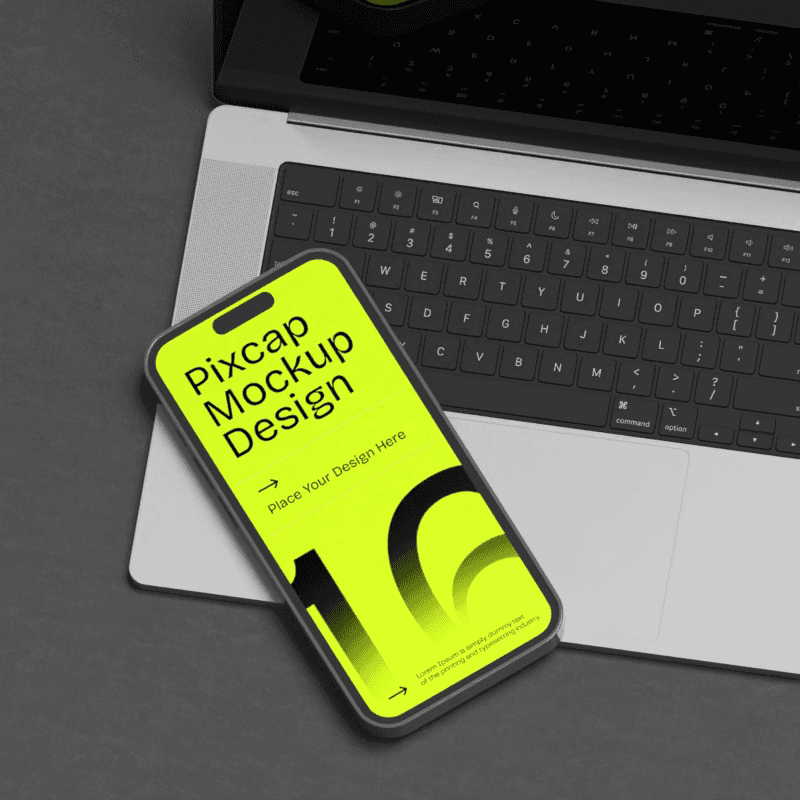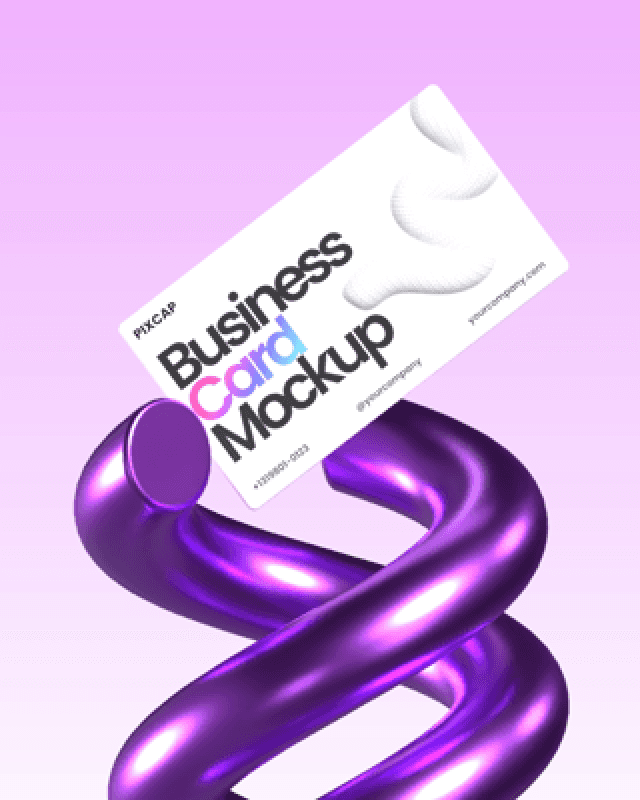When it comes to designing written content, the choice of font plays a crucial role in readability and aesthetics. The right font not only makes the text easy to read but also sets the tone and style of the content.
Choosing the best font is essential as it can significantly impact user engagement and conversion rates, especially for people with learning disabilities or visual impairments.
Whether you’re designing a website, creating a presentation, or drafting a printed document, selecting the appropriate font can impact how your audience engages with your material.
In this guide, we will delve into some of the top easy-to-read fonts for graphic design purposes, highlighting their unique features and explaining why they are favored by both designers and readers alike.
From classic serif fonts to modern sans-serif options, we’ll help you make an informed decision for your next project.
Best Easy-to-Read Fonts for Web Pages
These following sans-serif fonts are highly legible, readable, and versatile, making them ideal for digital media. Some of the easiest fonts to read for webpages include Arial, Open Sans, Helvetica, Lato.
Arial
Arial is a well-known and widely used font for web pages, famous for its simplicity and readability. Designed in 1982 by Robin Nicholas and Patricia Saunders, it has become a staple in digital and print media. Arial’s clean lines create highly legible text, ideal for on-screen reading. Its versatility suits various content types, from body text to headings and captions. Arial is a popular sans serif font, appreciated for its widespread usage and suitability for various digital documents.
Arial remains popular for web pages due to its clear character spacing, reducing eye strain. The font’s straightforward design enhances readability, keeping the focus on the content. Additionally, Arial’s consistency across different operating systems and browsers ensures text appears as intended, making it a reliable choice for web designers creating user-friendly digital experiences.
Helvetica
Helvetica is an iconic font renowned for its readability and widespread use in digital and print media. Designed in 1957 by Max Miedinger and Eduard Hoffmann, it quickly gained popularity for its clean, modern look. This sans-serif typeface offers excellent legibility on screens, making it a top choice for web pages that require a legible font.
One of Helvetica’s strengths is its well-balanced letterforms and consistent spacing, ensuring a smooth reading experience. Its neutral appearance allows content to stand out without distraction, ideal for clear, authoritative websites.
Compatible with various operating systems and browsers, Helvetica ensures consistent and visually pleasing text across platforms. Its extensive use by designers and typographers underscores its reliability and effectiveness in conveying information effortlessly, making it a top choice for digital projects.
Open Sans
Open Sans is a humanist sans-serif font designed by Steve Matteson and released by Google. It is popular for its clean, modern look, making it ideal for web design. One of Open Sans’s key features is its optimized readability across various screen resolutions and sizes, enhancing the user experience on different devices. Open Sans is a prime example of sans serif typefaces designed in the digital age to be easy to read and appealing to various preferences.
Its open forms, generous spacing, and true italic variants contribute to its legibility, ensuring an effortless reading experience even for long online content. Additionally, Open Sans is freely available through Google Fonts, making it easy to access and use for web designers everywhere.
The versatility of Open Sans includes its extensive character set, which supports multiple languages and numerous typographic features, making it suitable for global use. Overall, Open Sans is a reliable and easy-to-read font for webpages, offering both aesthetic appeal and functional clarity.
Lato
Lato, designed by Łukasz Dziedzic, is a sans-serif font combining style and readability, making it ideal for web pages. Its sleek, modern look provides a professional and approachable appearance suitable for various designs. Lato's balanced letterforms and moderate contrast ensure clear legibility, even at smaller sizes or on diverse screens.
One standout feature of Lato is its versatility. It comes in multiple weights and styles, from thin to bold, catering to different typographic needs without sacrificing readability. This range allows designers to create a cohesive visual hierarchy, enhancing the user experience.
Besides its visual appeal, Lato is excellent for prolonged reading. The font’s open counters and generous spacing prevent fatigue, allowing users to engage with content effortlessly. Moreover, Lato is freely available through Google Fonts, making it accessible for web designers seeking a reliable and attractive typeface.
Best Easy-to-Read Serif Fonts for Printed Designs
These below fonts are highly readable, professional, and suitable for formal documents and academic papers. They are also well-suited for use in both print and web documents.
Times New Roman
Times New Roman is a classic serif font renowned for readability and widespread use in printed designs. Since its inception in 1931, it has become a typography staple, particularly for formal documents and academic papers, thanks to its balanced proportions and clear character distinctions.
A key strength is its dense character set, well-suited for body text, making large blocks easy to read. Its moderate stroke contrast and crisp lines ensure distinct letters, reducing reader fatigue in long reading sessions. The font’s traditional aesthetics convey a professional and scholarly tone, making it a default choice for many institutions and publications.
Times New Roman’s clarity and readability across various sizes and materials reinforce its status as an ideal font for printed designs. Whether in books, reports, or presentations, its elegance and reliability ensure content is appealing and accessible to readers.
Garamond
Garamond is a respected serif font known for its readability in print. Originating in the 16th century and named after its creator, Claude Garamond, this typeface is celebrated for its elegance and classic appeal, making it a favorite for book typesetting and extensive reading materials.
Garamond's balanced and harmonious letter forms create a pleasing reading experience. Its well-defined serifs, moderate stroke contrast, and high x-height enhance legibility even at smaller sizes, making it ideal for body text in printed designs.
Garamond's aesthetic and readability make it versatile for various publications, from novels and academic journals to brochures and promotional materials. Its timeless beauty adds sophistication, while its clarity ensures a comfortable and enjoyable reading experience.
Georgia
Georgia is a widely acclaimed serif font designed for readability on digital screens and printed designs. Introduced in 1993 by Matthew Carter, it combines a classic look with enhanced legibility.
Georgia's large x-height improves clarity, making each letter distinguishable, ideal for body text and reducing eye strain during extended reading. Its moderate stroke contrast and ample character spacing prevent letters from blending together.
In print, Georgia's crisp lines and versatility shine. It suits various applications, from books and articles to flyers and business reports. Its elegance and professionalism add sophistication while maintaining readability and engagement.
Easy-to-Read Fonts for Special Audience
Certain audiences may require special attention to readability due to their age or visual impairments. Choosing the right font can make a significant difference in how easily they can access and comprehend information. The easiest fonts for these special audiences include options like Open Sans, Calibri, Verdana, Times New Roman, Helvetica, and Georgia, which are known for their readability due to factors like spacing, size, serifs, and x-height.
Verdana
Verdana is an exceptionally readable sans-serif font, designed specifically to cater to on-screen reading. Created by Matthew Carter in 1996 for Microsoft, Verdana stands out for its wide letter spacing and large x-height, which significantly enhance legibility, especially at smaller sizes. This design choice ensures that characters do not merge or blur together, making it an ideal font for individuals with visual impairments or reading difficulties.
The clear distinction between characters in Verdana reduces the cognitive load required to distinguish between different letters and numbers. This is particularly beneficial for older adults, young children, and those with dyslexia or other reading challenges. In print, Verdana maintains its clarity and readability, making it versatile for various formats, including websites, emails, and printed documents. Verdana is one of the most recommended readable fonts for enhancing accessibility and user engagement.
Open Dyslexic
Open Dyslexic is a unique font designed specifically for individuals with dyslexia. Open Dyslexic features varied letter shapes and generous spacing to improve character recognition and reduce the likelihood of letters flipping or rotating. This design also incorporates heavier bottom portions on characters, making them appear more stable and reducing the likelihood of confusion.
Open Dyslexic has gained popularity as it allows individuals with dyslexia to read more comfortably, confidently, and accurately. Its use has extended beyond just print and digital media to include educational materials, signage, and even children's books.
Calibri
Calibri is a modern sans-serif typeface designed by Lucas de Groot and introduced by Microsoft in 2007. It quickly became the default font for Microsoft Office, replacing Times New Roman. Calibri features clean, crisp lines and open letterforms, making it easy to read on screens and in print.
One of the main advantages of Calibri is its versatility. Its narrow proportions make it ideal for fitting large amounts of text into small spaces, such as presentations or spreadsheets. At larger sizes, Calibri maintains its legibility and readability, making it suitable for headers and titles.
What Makes a Font Easy to Read?
A font’s readability is determined by several factors, including letterform, spacing, and color.
Sans-serif fonts, such as Arial and Helvetica, are often considered the easiest to read due to their clean and straightforward design. These fonts feature simple, open letterforms that help prevent confusion between characters. Proper spacing, both between letters and lines, also plays a crucial role in readability by reducing visual fatigue and making text easier to scan. The best fonts for readability are those that balance these elements effectively.
Additionally, the color of the font must have sufficient contrast with its background to ensure readability, especially for color-blind users. High-contrast combinations, like black text on a white background, generally work best. Conversely, script and decorative fonts should be avoided for body text as their complex designs can impede readability and make extended reading difficult.
Key Characteristics of Readable Fonts
While personal preference and context play a role in font selection, some key characteristics can help ensure readability. These include:
A clear and simple design, with a good balance between letter spacing and letterform design.
Tall x-heights, making lowercase letters more prominent and easier to read.
Minimal stylistic variation, making each letter distinct and easy to distinguish.
High color contrast, making the text stand out from the background.
Appropriate font size and line spacing, with a balance between legibility and aesthetics.
Adequate kerning, or the adjustment of space between individual letters, to improve the visual appeal and flow of text.
Design Principles for Easy-to-Read Fonts
Legibility and Readability
The font should be easy to read, with clear and distinct letterforms, ensuring each character is easily recognizable, especially for individuals with visual impairments. A good balance between letter spacing and design enhances readability by preventing crowding or excessive spacing, maintaining text flow. Fonts with tall x-heights are often preferred, as they make lowercase letters more prominent and legible. These principles ensure the text is accessible and user-friendly to a broad audience.
Contrast and Visibility
The font color should have enough contrast with the background to be readable for color-blind users. Using a strong contrast ratio ensures the text stands out clearly, aiding those with visual impairments and in low-light conditions. Tools like contrast checkers can verify that the colors meet accessibility standards.
The font size should be readable but not overwhelming; a size of at least 16 pixels is recommended for body text on digital formats. Consider the line spacing as well; slightly larger spacing can prevent text from looking cramped and enhance readability. By following these guidelines, we can ensure the text is accessible and legible for the widest audience.
Familiarity and Spacing
The font should be familiar to the audience to reduce cognitive load and improve readability. Common fonts like Arial, Helvetica, and Times New Roman are often preferred because users are used to their shapes, making reading more intuitive and less straining. Using these well-known fonts can enhance the user experience by making the text more approachable and easier to read.
Additionally, the font should have adequate spacing between lines and letters to prevent visual clutter. Proper line spacing allows for sufficient white space between lines, creating a clean appearance that facilitates reading. Similarly, appropriate letter spacing ensures characters are easily distinguishable, avoiding confusion. By focusing on familiarity and spacing, the text becomes more accessible and pleasant to read for a diverse audience.
Conclusion
In conclusion, designing for readability is crucial for creating accessible and user-friendly content. By considering factors such as color contrast, font size and style, and spacing, we can ensure that our text is legible for all users, including those with visual impairments or low vision.
These simple guidelines can significantly improve the overall user experience and make our content more inclusive to a wider audience. So let's keep these considerations in mind when designing web pages or creating any written material to ensure our content is accessible and easy to read for everyone.














